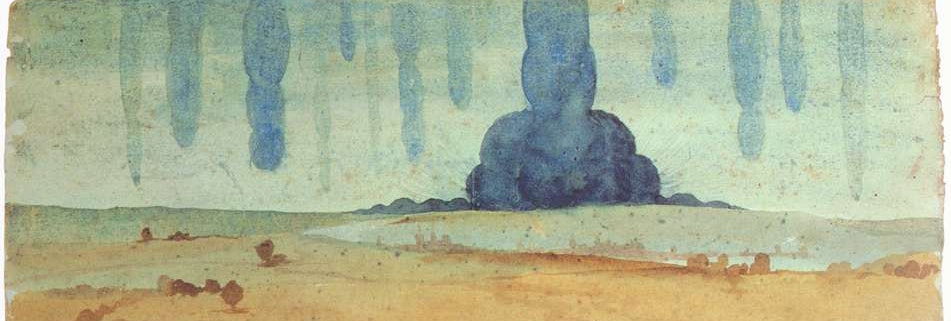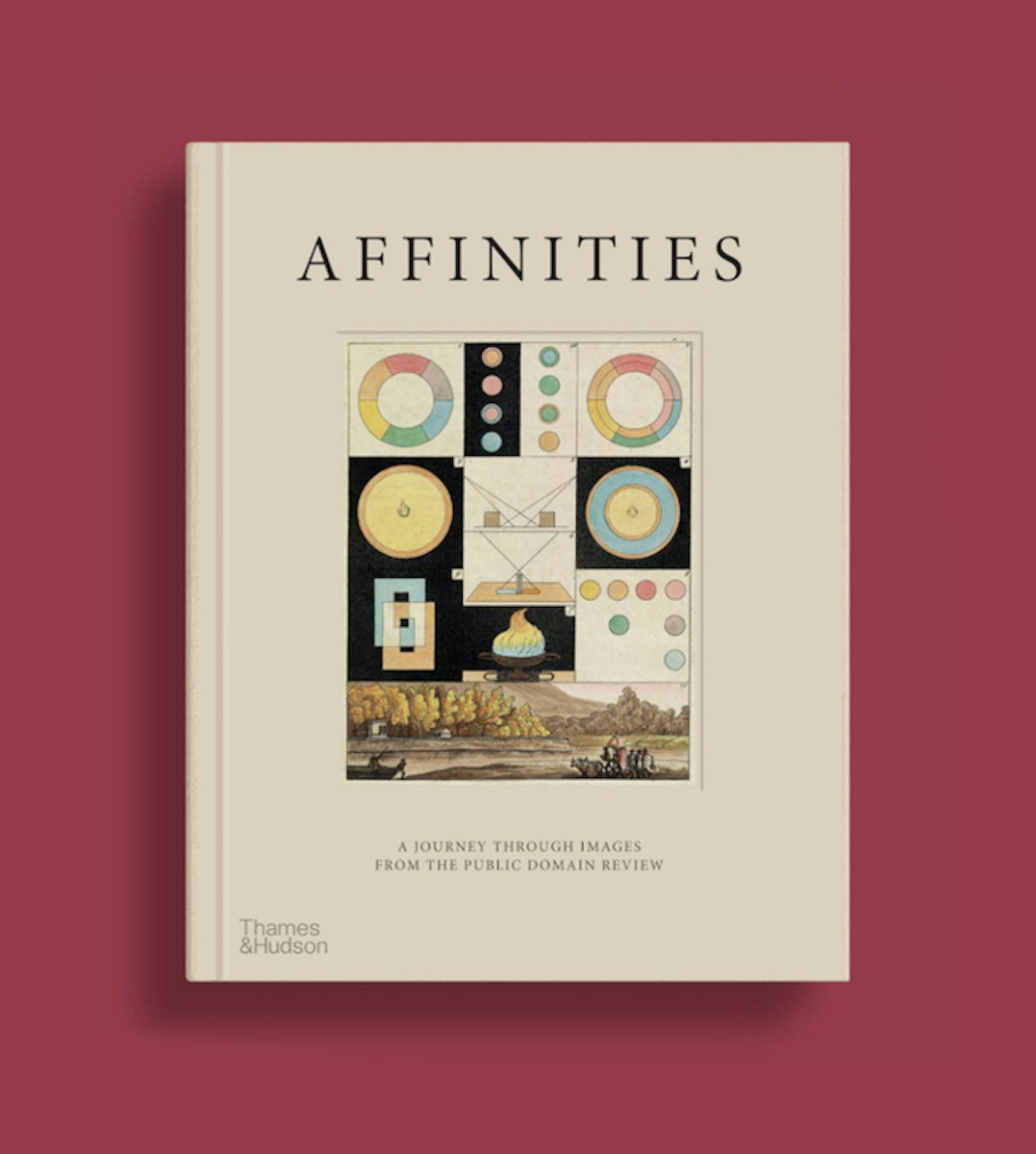
The Art of Dreams
Half our dayes wee passe in the shadowe of the earth, and the brother of death exacteth a third part of our lives.
Thomas Browne, On Dreams
...night after night, with calm incuriousness we open the door into that ghostly underworld, and hold insane revels with fantastic spectres, weep burning tears for empty griefs, babble with foolish laughter at witless jests, stain our souls with useless crime, or fly with freezing blood from the grasp of an unnamed dread ; and, with the morning, saunter serenely back from these wild adventures into the warm precincts of the cheerful day, unmoved, unstartled, and forgetting.
Elizabeth Bisland, Dreams and their Mysteries
Dreams have long proved a fertile ground for human creativity and expression, and no less so than in the visual arts, giving rise to some of its most arresting images. In addition to the many and varied dreams so important to religion and myth there has emerged, in the last few centuries since the birth of Romanticism, an exploration of the more personal dream-world. Indeed, with its link to the unconscious, the form has perhaps proved the perfect vehicle for those artists looking to surface that which lies submerged - desire, guilt, fear, ambition - to bring to light the truth the waking mind keeps hid.
No doubt, also, artists have been attracted to the challenge of giving form to something so visually intangible as a dream, a challenge taken up in many ways through the centuries. More often than not there appears the sleeping body itself, with the dream element incorporated in a variety of ways. Common is for the dream sequence to appear in a totally separate part of the image, as if projected on the walls of the sleeping mind: often in the midst of that familiar floating cloud, but also as emerging from nearby objects or events of the day (see the Toyokuni image below) . Also common, particularly in the depiction of nightmares, is for the figures of the dream to simply appear as though in the room with the sleeper, often directly upon the body itself (see the Fuseli below). With the advent of photography, and the potential of double exposures, we see also a different way of trying to capture that intangibility of the dream image. With both the Grandville and Redon images featured, and the work of the Surrealists they anticipate, we see a different approach entirely, one which looks past the sleeper to focus solely on the imagery of the dream itself, and in the process perhaps giving a more true impression of the strangeness and otherworldliness which so often characterises the dream experience.
William Blake, Jacob's Dream, ca. 1805. — Source.
Jean Lecomte du Nouÿ, A Eunuch's Dream, 1874. — Source.
Frontispiece to Les rêves et les moyens de les diriger; observations pratiques (Dreams and the ways to direct them: practical observations) a guide to lucid dreaming published anonymously in 1867, but later identified as the work of Hervey de Saint-Denys. — Source.
Dream-land (ca. 1883), an etching by S.J. Ferris after a painting by C.D. Weldon - Source.
El sueño del caballero, or The Knight’s Dream (ca. 1655), by Antonio de Pereda - Source.
The Jockey’s Dream (ca. 1880), published by Currier & Ives - Source.
A Nightmare (19th century), by E. Vavasseur - Source.
Nightmare (1810), by Jean Pierre Simon - Source: Wellcome Library.
Job's Evil Dreams (1805), by William Blake, from a series of 19 watercolours illustrating the Book of Job that Blake painted in 1805-6 for Thomas Butts - Source.
A Child Dreams of the Passing of Time (17th century), by Boetius Adamsz Bolswert - Source.
The Soldiers Dream of Home (ca. 1861), by unknown artist - Source.
A Dream of Crime & Punishment (1847), by J.J. Grandville. Predating Dostoevsky's book by some 20 years, it shows 'the dream of an assassin overcome by remorse' - Source.
Dream Vision; A Nightmare (1525), by Albrecht Dürer: a watercolour and accompanying text describing an apocalyptic dream Dürer had on the night of 7-8th June 1525. The text reads: In 1525, during the night between Wednesday and Thursday after Whitsuntide, I had this vision in my sleep, and saw how many great waters fell from heaven. The first struck the ground about four miles away from me with such a terrible force, enormous noise and splashing that it drowned the entire countryside. I was so greatly shocked at this that I awoke before the cloudburst. And the ensuing downpour was huge. Some of the waters fell some distance away and some close by. And they came from such a height that they seemed to fall at an equally slow pace. But the very first water that hit the ground so suddenly had fallen at such velocity, and was accompanied by wind and roaring so frightening, that when I awoke my whole body trembled and I could not recover for a long time. When I arose in the morning, I painted the above as I had seen it. May the Lord turn all things to the best - Source.
Yume no ukihashi, or The Bridge of Dreams (1854), by Utagawa Toyokuni - Source.
The Artist’s Dream (1840), by George H. Comegys. The artist, with his head down on a table in his studio, perhaps seeking divine intervention, is having a vision of great artists from the past, such as: Sir Joshua Reynolds, Rubens, Rembrandt, Titian, Leonardo Da Vinci, Raphael Michelangelo, and others - Source.
Legend of St Francis: Dream of the Palace (1297 – 1299), by Giotto - Source.
The Orangerie;—or—the Dutch Cupid Reposing After the Fatigues of Planting, depicting William V, Prince of Orange, as a fat, naked Cupid (1796), by James Gillray - Source.
Tatiana Larina’s dream (1891), by Ivan Volkov - Source.
The Orphan’s Dream (19th century), by James Elliott - Source.
Dreaming of Santa Claus (ca. 1897), by William H. Rau - Source.
A Verger's Dream: Saints Cosmas and Damian Performing a Miraculous Cure by Transplantation of a Leg (ca. 1495), by Masterof Los Balbases, - Source: Wellcome Library.
Tako to ama, or The Dream of the Fisherman’s Wife (1814), an erotic ukiyo-e by Hokusai, from the book Kinoe no Komatsu (English: Young Pines), a three-volume book of shunga erotica first published in 1814. For an English translation of the rather racy text see the link to the source - Source.
Jacob’s Dream (late 16th century), by Adam Elsheimer - Source.
The Dream of King Nebuchadnezzar (10th century), Staatsbibliothek Bamberg, Msc. Bibl. 22, fol. 31v - Source.
The Dream of Pilate’s Wife (ca. 1879), by Gustave Doré. According to Matthew 27:19, While Pilate was sitting in the judgment hall, his wife sent him a message: 'Have nothing to do with that innocent man, because in a dream last night, I suffered much on account of him.' - Source.
'Emperor Godaigo, dreaming of ghosts in his palace (1890), by Ogata Gekkō - Source.
Dream (1878 - 1882), by Odilon Redon - Source.
Little Nemo comic strip, by Winsor McCay (1906). This particular strip was from a European edition and never printed in the US - Source.
Francisco Goya, The Sleep of Reason Produces Monsters, c. 1799 — the 43rd of the 80 aquatint etchings that make up the satirical Los Caprichos. — Source.
Imagery from this post is featured in
Affinities
our special book of images created to celebrate 10 years of The Public Domain Review.
500+ images – 368 pages
Large format – Hardcover with inset image
Apr 29, 2015









